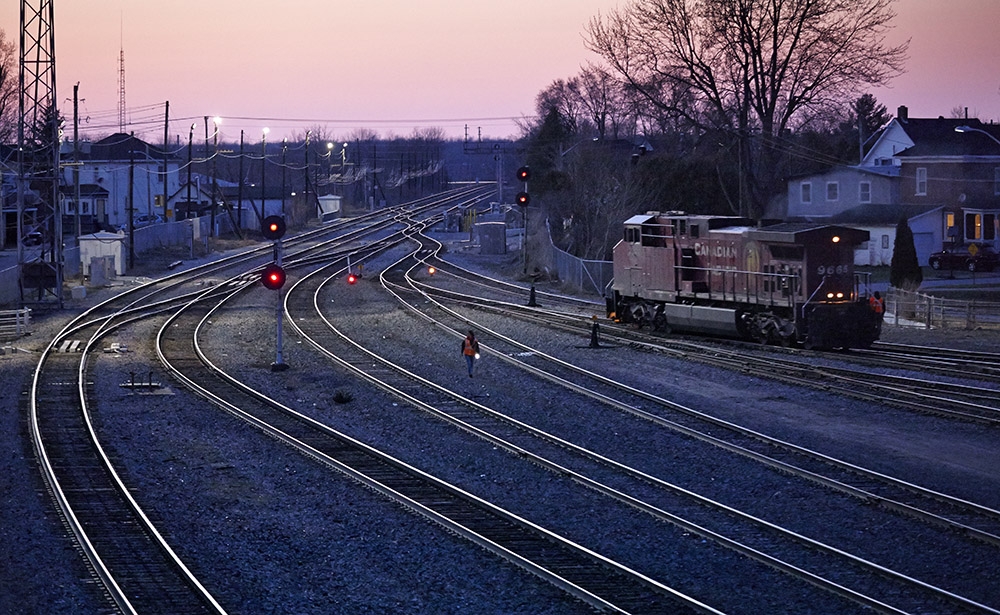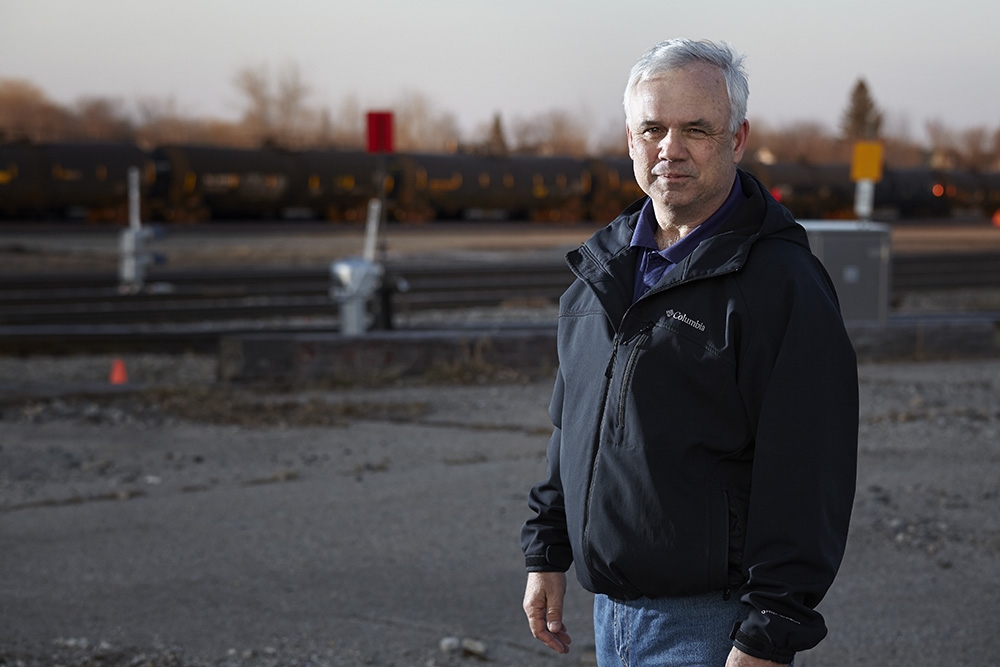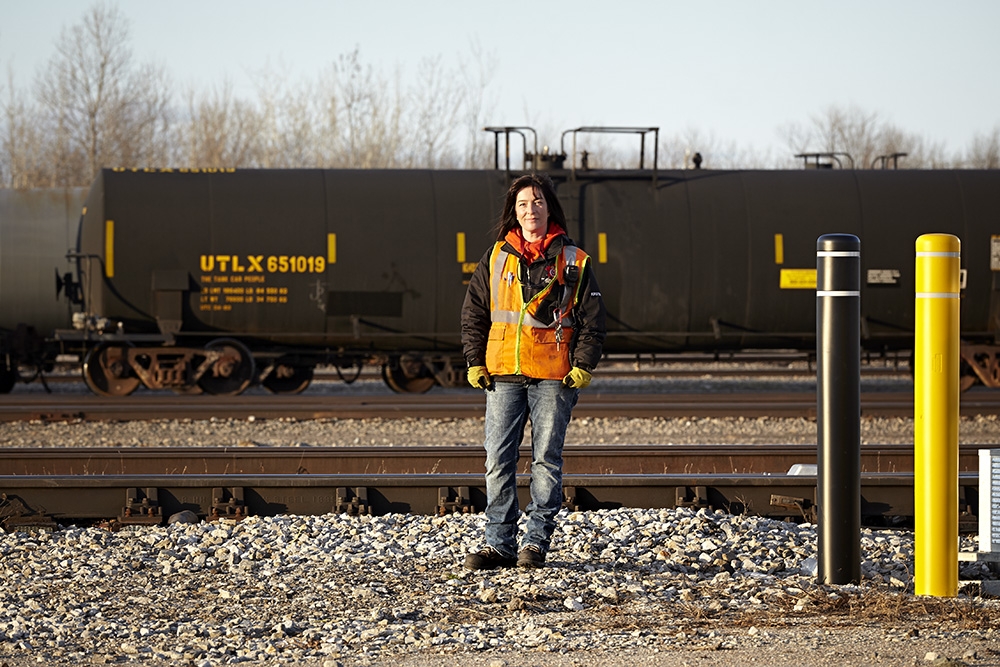
Fatigue on the Job is a Killer
It has been known for decades, probably centuries, that working while tired can impair productivity, and that working in dangerous occupations like driving, loading or handling heavy equipment should not be done while tired.
So why do railway companies seem determined to risk so many of their assets by asking employees to work while fatigued? According to a leaked Canada Transport Safety Board document, fatigue among railway workers has been linked to accidents, including loss of life and extensive property loss, since the Hinton, Alberta train collision which killed 23 people and injured 95 back in 1986. That same report states that federal work/rest rules date back to 2001, that a working group established in 2009 created regulations for a fatigue management plan to be enacted by 2011, and that an assessment of the fatigue management plans for the Big Three (CN, CP, VIA) showed significant gaps.
The stories from employees on fatigue are particularly revealing. Altering work schedules despite driver exhaustion, too short a break between shifts are only two examples of problems. Vehicle drivers are not suppose to drive while impaired by fatigue, so why engineers should and conductors be mandated to do so?
When a railway schedule is thrown out of whack, staff are told thy have no choice but to work even if they have not slept. If they don’t, they are marked down as “refusing to work,” which means they would be taken out of the next shift rotation, or penalized in some other fashion.
“In 2009 I was up until about midnight one night, because I was scheduled to be running a freight train the next afternoon and should have had a normal night to sleep and the morning to eat,” says Paul Proudlock, an engineer who has spoken out about the dangers of crew fatigue. “Then I was called at 2:15 a.m. by a dispatcher and told to run a GO Transit passenger train in three hours.” Proudlock told the dispatcher he was unfit to work and wanted to stick to the rotation for the next afternoon. He says the dispatcher told him that if he answered the phone he had to go. Proudlock refused and asked to speak to management. He was then told that regardless of having had only two hours of sleep, he had to take the shift or be investigated, and possibly given demerit points, for refusing duty.
Proudlock’s story is common, and sometimes railway workers who are afraid of losing their jobs don’t declare themselves unfit to work even though they are. As a result everyone is put at risk. Freight trains can be as much as 16,000 tonnes in mass, can travel at up to 100 kilometres per hour, and frequently run through communities close to residences and businesses.
The Teamsters Canada Railway Conference union of railway workers has been asking that the science of fatigue be incorporated into agreements with railway owners. “The science on sleep patterns can be used to prevent bad scheduling,” says Proudlock.
But it doesn’t take a Ph.D. to realize that sleep is essential to proper functioning, and it is well-known that shift workers (which includes most railroaders) have a hard time with constant readjustments to sleep patterns. To have a wrench thrown into their schedules at the last minute is not only cruel, it’s dangerous.
The rules also appear inadequate. For example a “back to back” schedule means eight hours of work, eight hours off, then another eight hours of work. During the eight hours off period the employee has to go home, sleep, eat, prepare for the next shift, do whatever they need to do on a daily basis, then go back to work. In that time there may be a chance to sleep for four or five hours, and that’s if the worker can fall asleep instantly when wanted, which is unlikely.
Another issue frequently mentioned is an unpredictable “on call” system. It is often a consequence of a problem called inaccurate line-ups, which the TCRC has begun documenting. The TCRC website states, “It is a common occurrence to see extreme variations in train line-up times.” Incorrect train positioning sometimes causes crew changes, which aggravates the scheduling issue, which aggravates the number of fatiqued workers.
Since at least 1995 Transport Canada has recommended fatigue countermeasures, the first one being that railways provide regular and predictable duty periods, which is what workers have been asking for. Recommendations also include rest after outbound night runs and prior to overnight return runs, implementing napping strategies which includes exempting napping crews from train inspection responsibilities, and training rail traffic controllers and dispatchers, yet situations like Proudlock’s are still happening today.
Isn’t it time the railways, the union and the government all got on board? Protect their assets, protect their workers and protect the public at large by realistic scheduling, and maybe they’ll protect some lives too.









